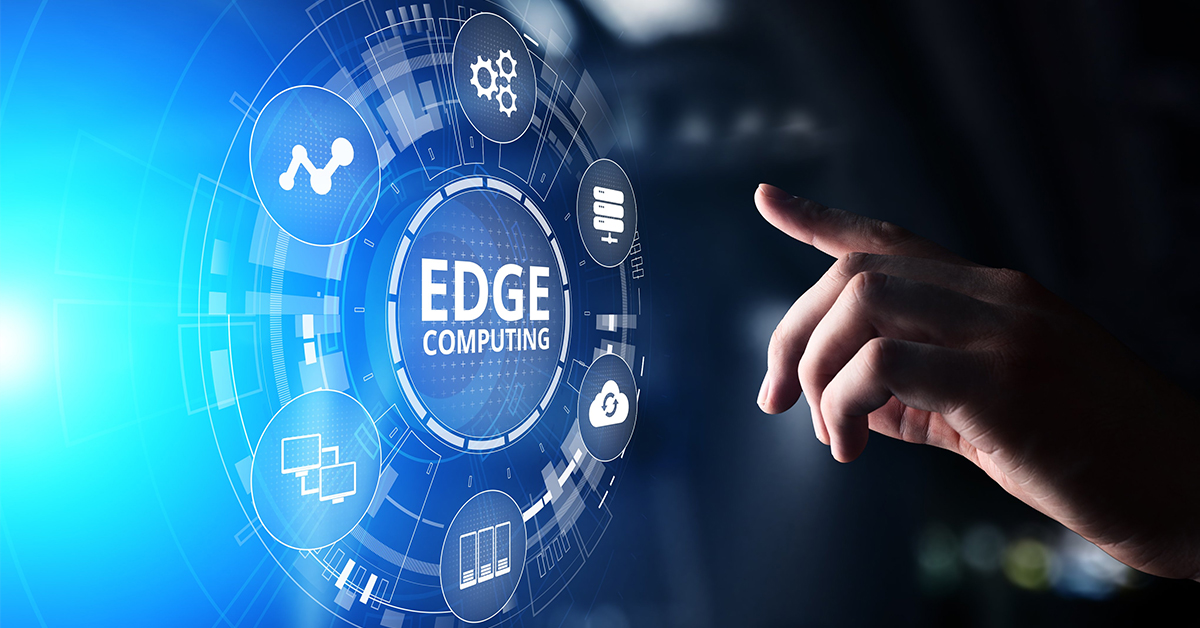
You might not have realized it. But Edge computing is gradually storming into your day-t0-day existence. From the PoS device to the smart wearable health monitor that tracks your pulse and analyses sleep patterns, edge applications are growing. And if your consumer appliances like air conditioners, washing machines, microwaves and refrigerators are getting smarter with algorithms like auto-switching off and on, alarms or notifications, its edge processing at the component level. With edge computing, you overcome the latency and bandwidth constraints typically associated with cloud storage. On top of it, Edge platforms or solutions enable you to process and analyze data in real-time at an incredible speed, make swifter decisions, power business efficiency and elevate User Experience (UX).
Tracing the Roots
The genesis of Edge Computing dates back to the late 1990s. The concept started when US-based Akamai Technologies Inc rolled out its content delivery network. Back then, the idea was to introduce nodes at locations geographically closer to the end user for the delivery of cached content such as images and videos. With the rise of the Akamai edge network, many big tech companies and vendors provided similar content distribution networks to meet the demands of the global internet boom. The edge was primarily used for data management for websites over the next decade, but new technologies would find new uses for it.
Edge Empowers Enterprises
Due to the proliferation of IoT devices, there is a huge stream of data emanating from edge locations like branch offices, factory floors, oil rigs, retail outlets etc. This data needs to be unlocked swiftly for actionable insights. That’s where edge computing empowers enterprises by eliminating delays in moving data to the cloud. The proliferation of Industrial IoT or IIoT devices makes the introduction of edge computing functionalities easier to be deployed at end-user locations. Edge computing has become a critical capability for organizations aiming to extract value from vast volumes of data quickly and looking to improve data security. It is setting a new paradigm for Storage as a Service (StaaS). The market forecasts are buoyant too. The market size for Edge Computing is expected to grow from $44.7 billion in 2022 to $101.3 billion by 2027, at a Compound Annual Growth Rate (CAGR) of 17.8 per cent.
Catalyzing 5G and Web 3.0
5G and edge computing are complementary, not competing technologies. Blending 5G connectivity with edge computing can enable organizations to achieve real-time parallel processing and data merging. When used on 5G networks, edge computing enables faster and more extensive data processing, resulting in faster reaction times, deeper insights, and improved user experiences. 5G is capable of reaching peak speeds of up to 20 Gbps and supporting up to one million devices per square kilometer. By amalgamating 5G bandwidth with edge computing, enterprises can get unparalleled computing and data merging in real time. This enables Virtual Reality implementation like video call-based remote maintenance of elevators utilizing edge-based programs.
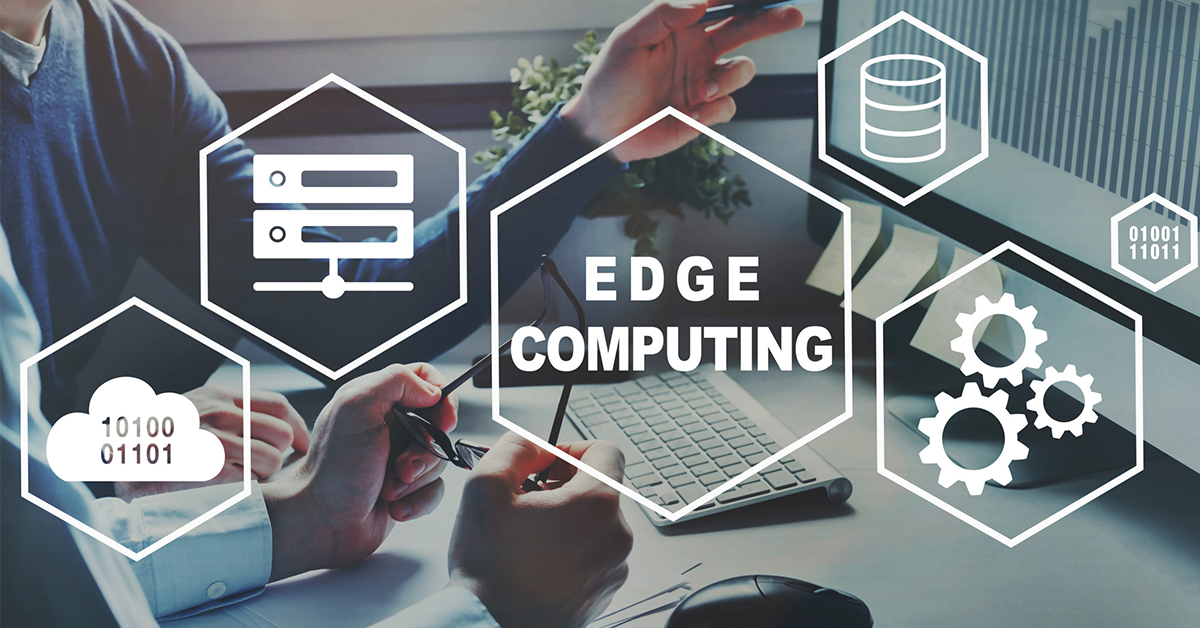
Also, edge computing can serve as the foundational technology for Web 3.0. It is capable of supporting data-heavy applications that leverage Artificial Intelligence (AI) and Augmented Reality & Virtual Reality (AR/VR). With edge computing, data can be processed locally before being shifted to a central site for aggregating. Since Web 3.0 is underpinned by decentralization, edge computing is aligned to this latest iteration of the internet. Edge computing is distributed in nature and involves analyzing and processing data on the edge, away from a centralized infrastructure.
Embrace Edge Computing to Gain an Edge in Business
Data volumes are growing exponentially, Businesses need to reboot infrastructure for handling and successfully navigating the swelling data. Though there are legacy solutions and cloud infrastructure, they are inadequate because of their constraints in bandwidth, latency, security and resources to troubleshoot problems. Enterprises need cutting-edge and innovative edge computing solutions that make the most of data generated at the source. The early adopters among businesses are positioned for success on the data curve. They will steal an edge too.
This blog was originally published in Priyadarshi Nanu Pany's Medium account, also available on his LinkedIn account.




































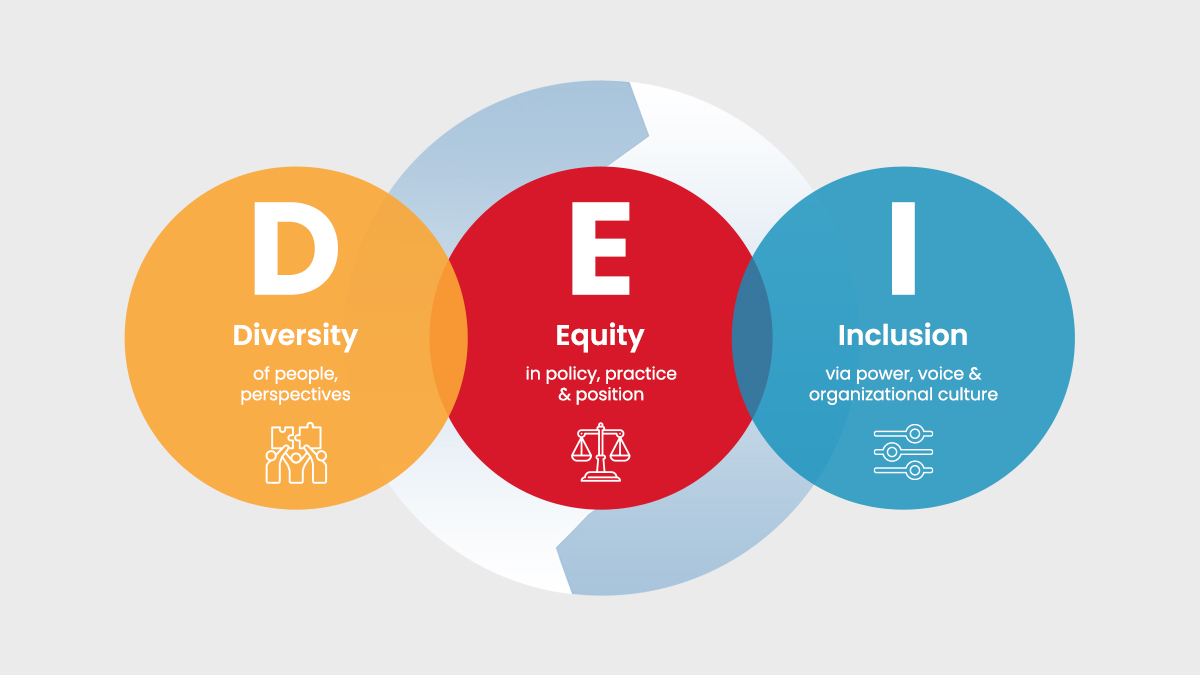




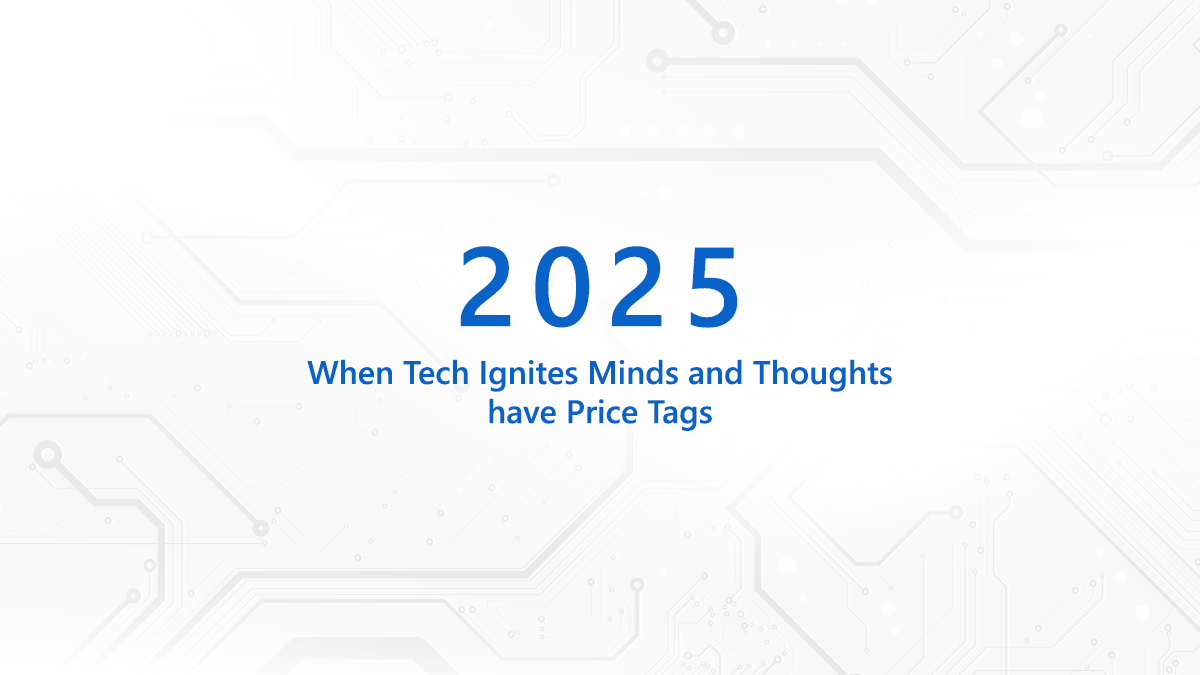


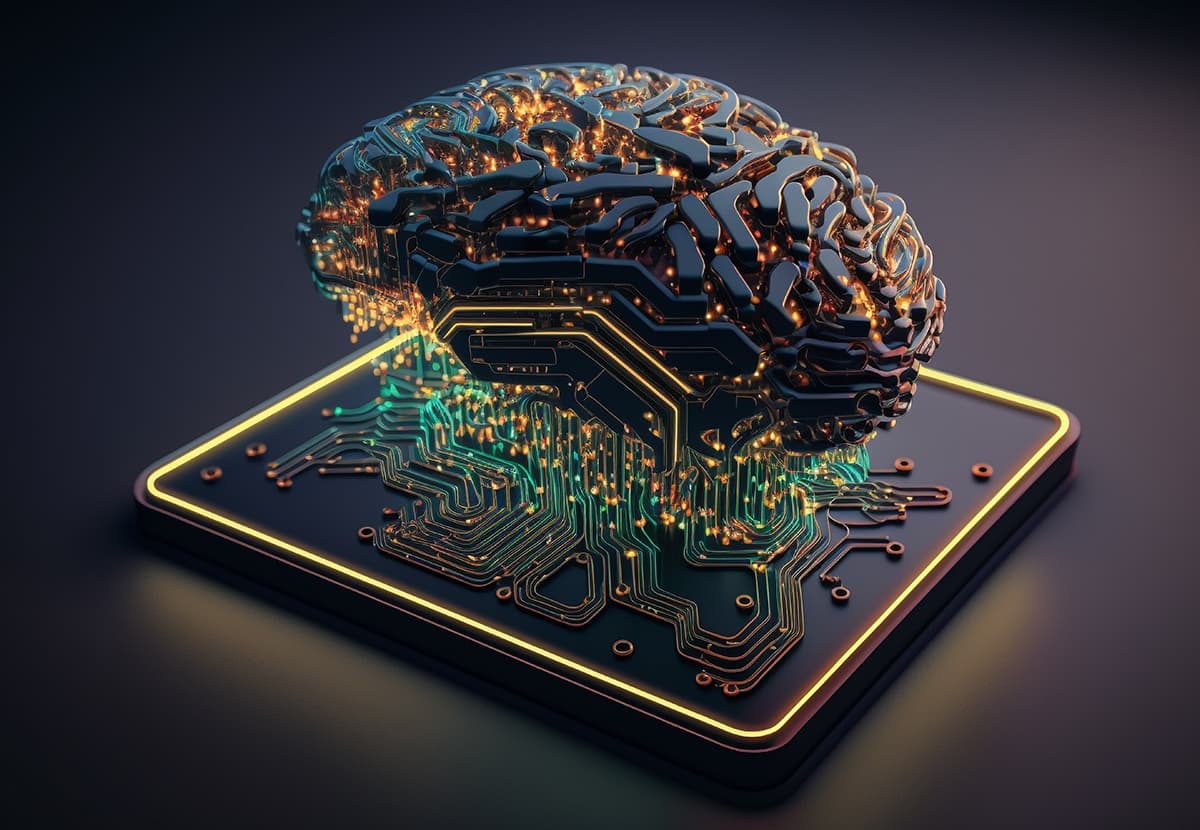













We will verify and publish your comment soon.